The Park covers an area of 27.027 hectares within the borders of the towns of Accettura, Calciano and Oliveto Lucano in the province of Matera, and Castelmezzano and Pietrapertosa in the province of Potenza.
The Park protects and safeguards a large area at the centre of the regional territory with important naturalistic, historical and ethno-anthropological values. The safeguarded values are the Gallipoli Cognato forest extending over 4,200 hectares; the Montepiano forest formed by impressive specimens of Turkey oaks, Mediterranean shrub land with residual holm oaks, sandstone rocks, which form the bizarre profiles of the Dolomiti Lucane of Castelmezzano and Pietrapertosa, the remains of the fortification of a Lucanian city built in the fourth century. B.C. on the summit of Monte Croccia.
Among the most significant natural elements are the two ridges of arenaceous rock, differently outlined: the most harmonious is the mountain of Caperrino (1,400 mt.), Suggestive are the peaks of the dolomites of Castelmezzano and Pietrapertosa, whose highest peak reaches 1,319 m. at Mount Impiso.
The presence of watercourses is conspicuous but in the form of torrents and springs, of seasonal nature. Another characteristic natural element is the Forest of Gallipoli Cognato, which is shown as a wide and uniform green patch, consisting of variegated arboreal and shrub species. Similar is the Montepiano woods, formed by centuries-old trees and columnar forests of oak and an undergrowth of holly. In the forest of Gallipoli Cognato, there are tall oak trees, which reach enormous dimensions in higher areas.
Other secondary species are the white hornbeam, maples and small hornbeam; near the streams, there is the ash tree, while the holm oak is located on the rocks of Campomaggiore. The Montepiano wood is prosperous in majestic oaks, among maples, hornbeam and holly used during the feast of May. The area of the Dolomiti of Pietrapertosa and Castelmezzano is likewise flourishing, especially in chestnut, lime, elm, and maple, and in the higher areas the hornbeam, the ornith and holm oak bushes. The mountain of Caperrino is covered by cerretta, broom, and above all by prairies.
The same importance has the fauna, represented by wild boar, wolf, fox, badger, porcupine and, rarely, wildcat. Among the rare presences, we point out the Italian newt and the Salamander with the Glasses






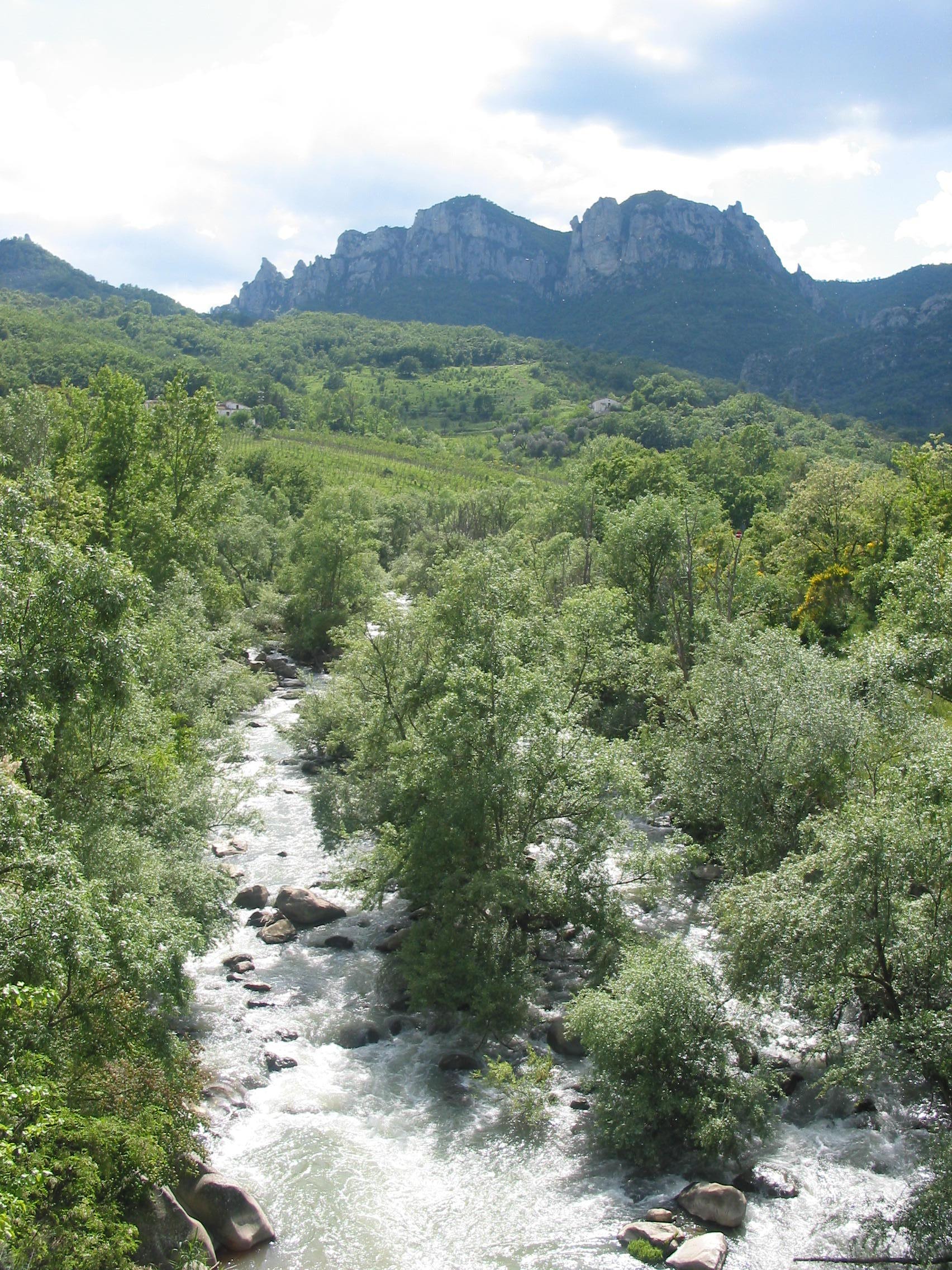
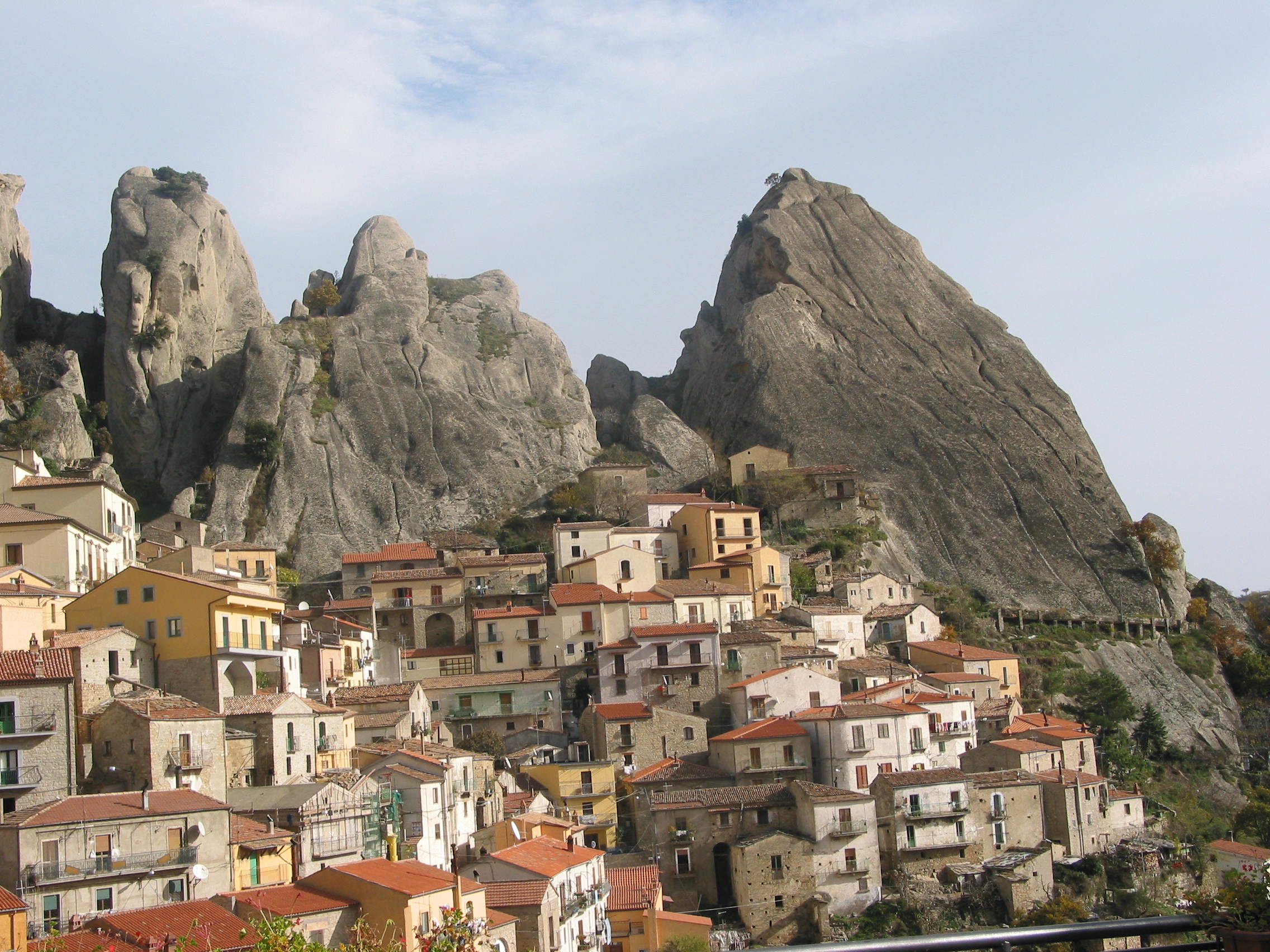
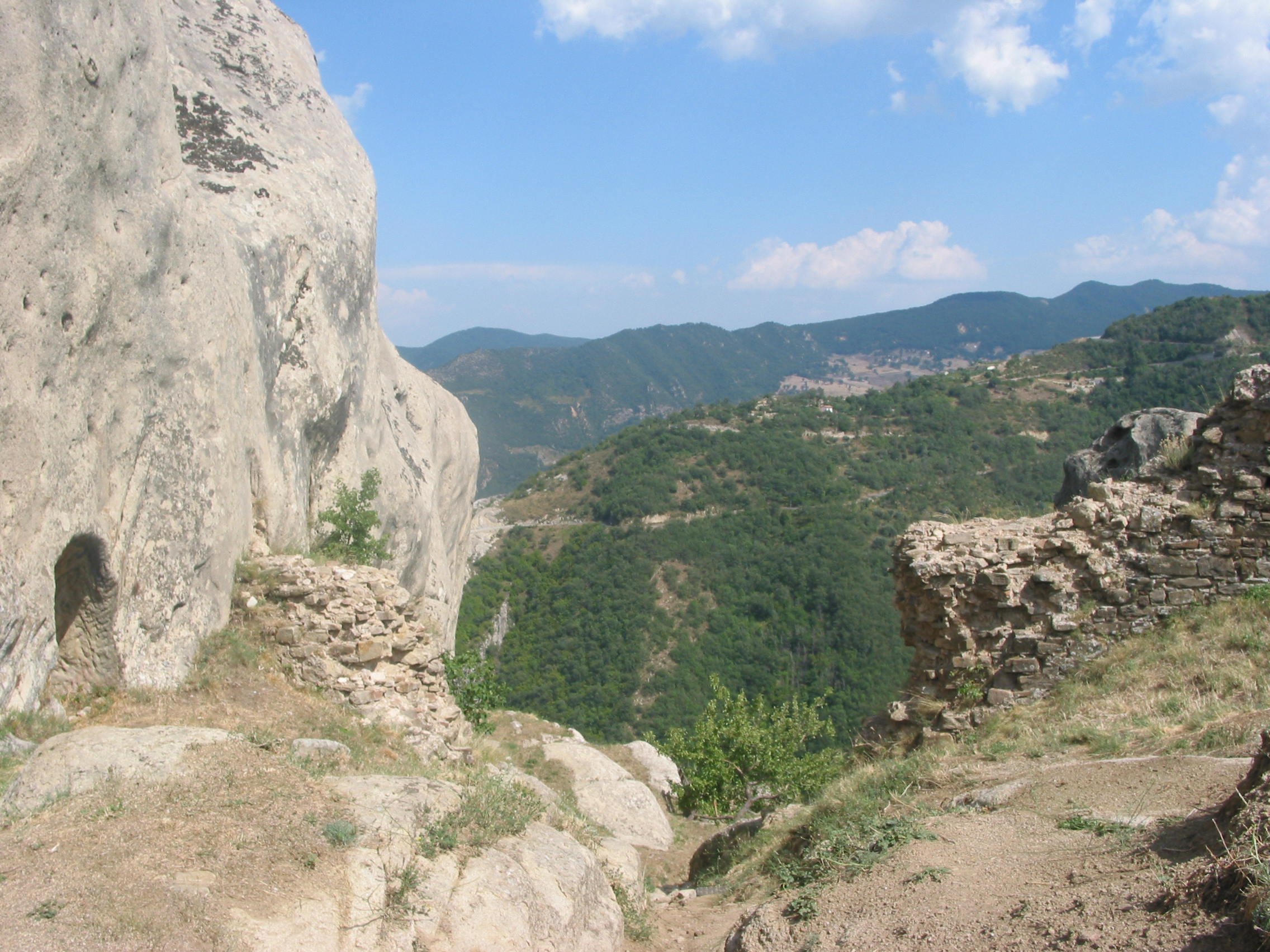
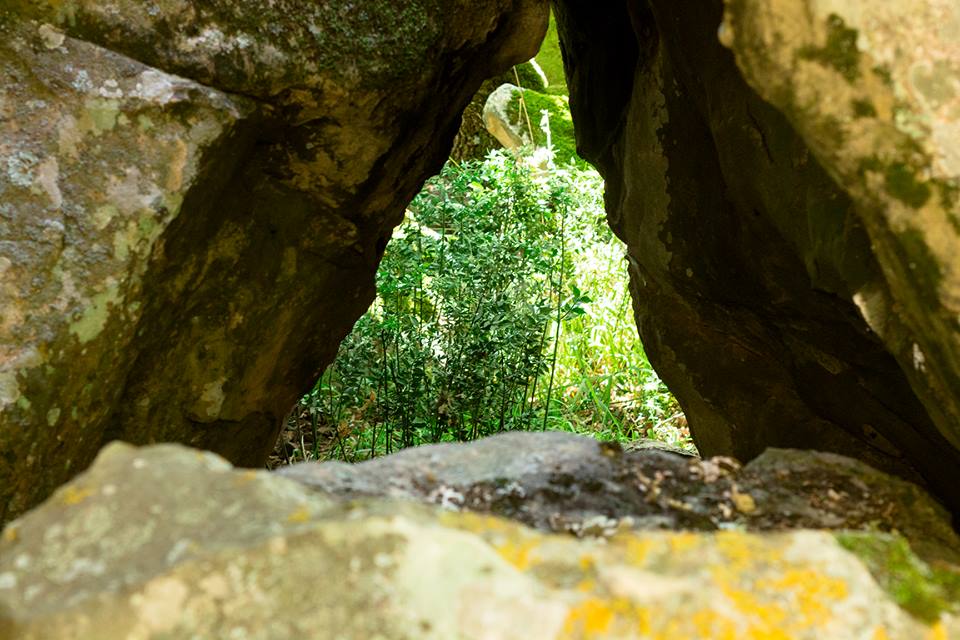
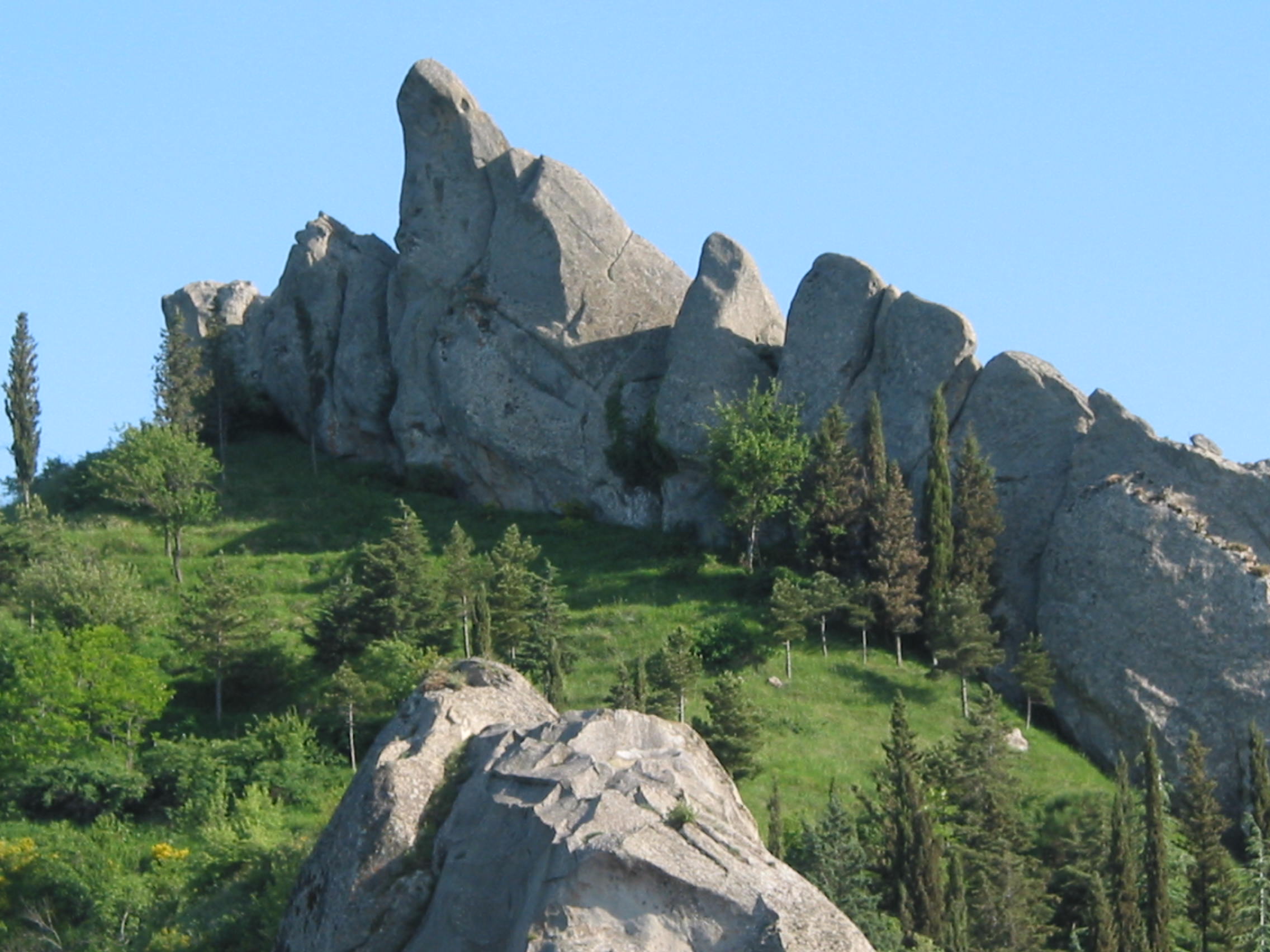
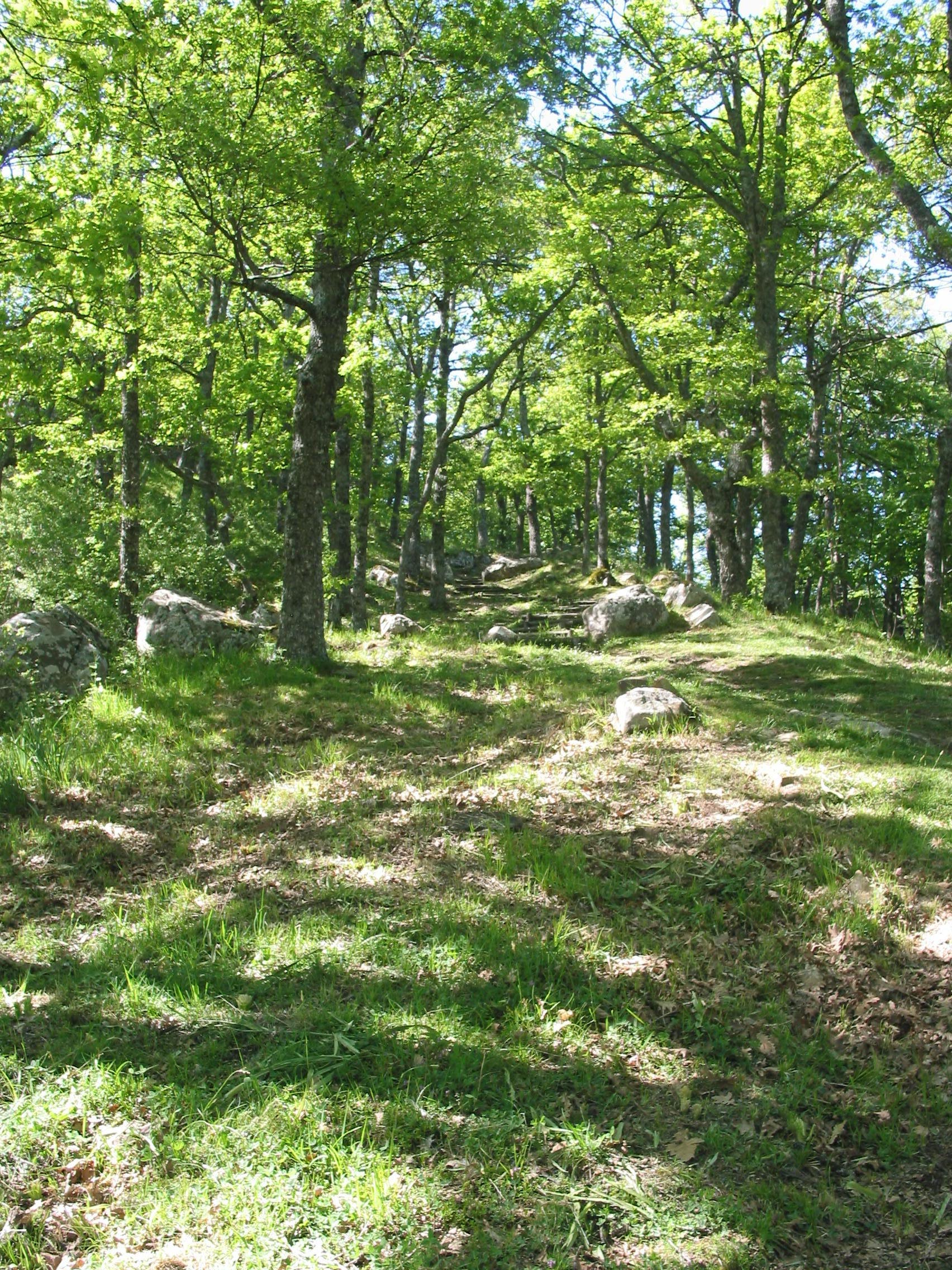

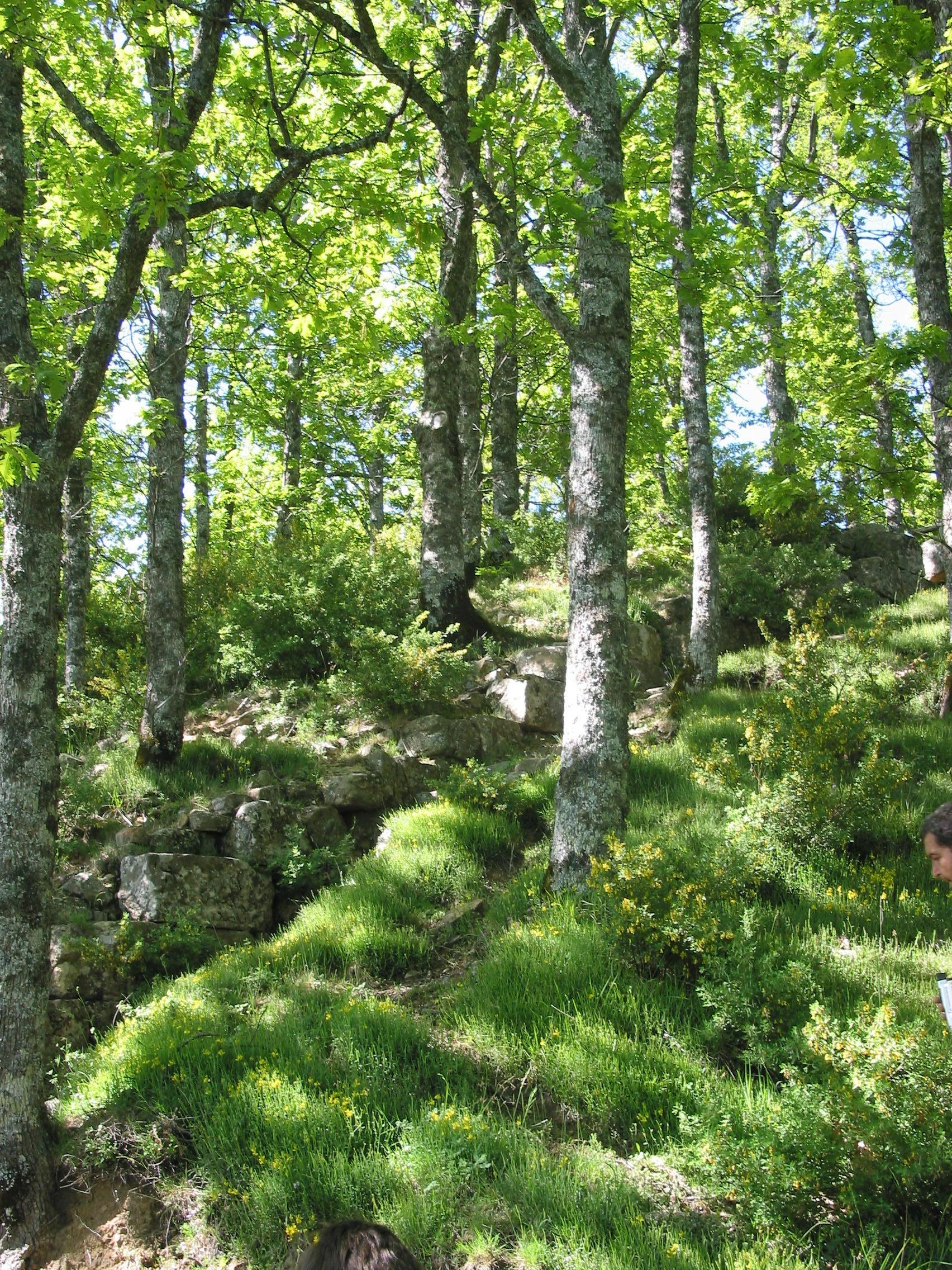
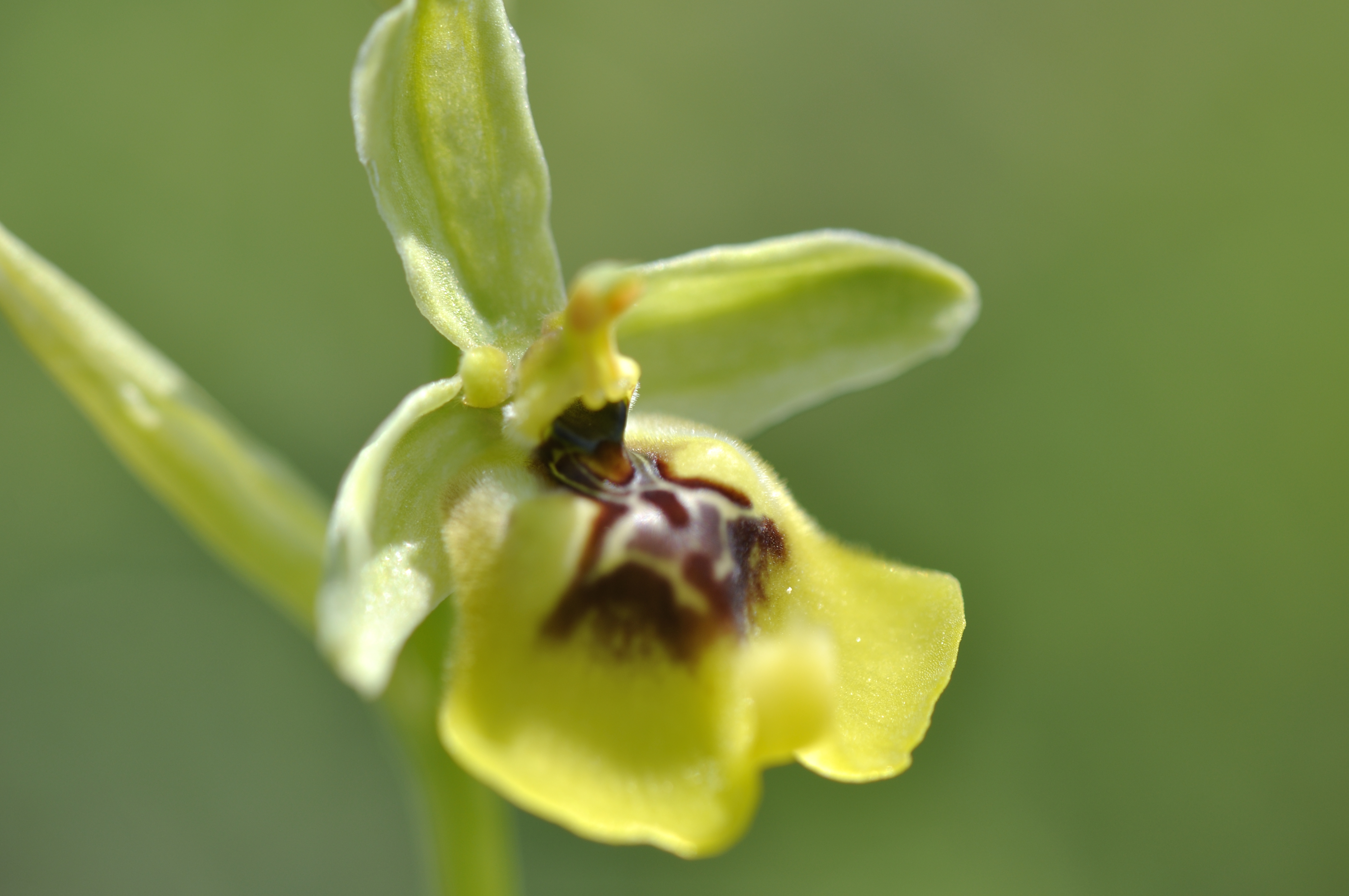
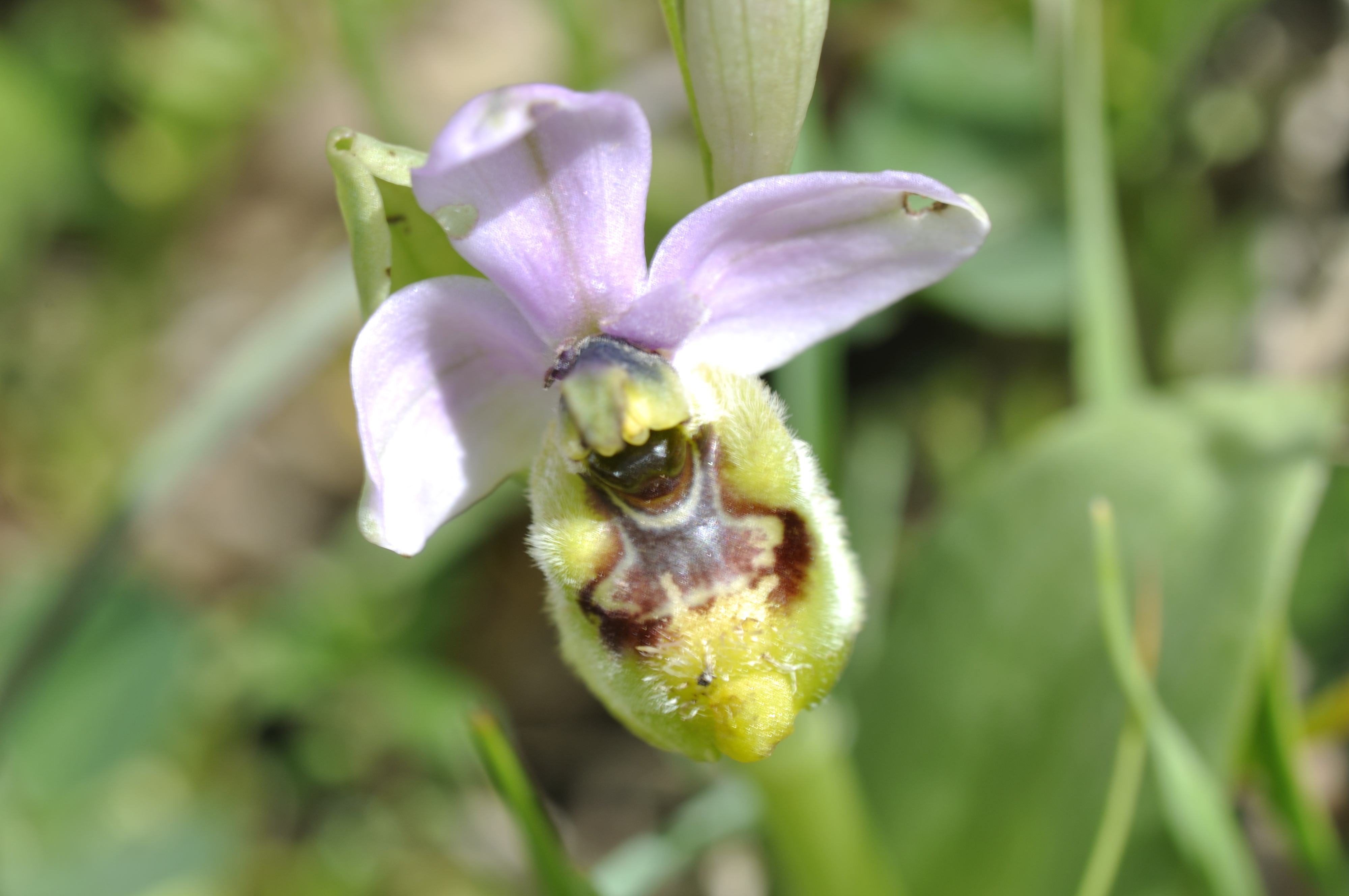
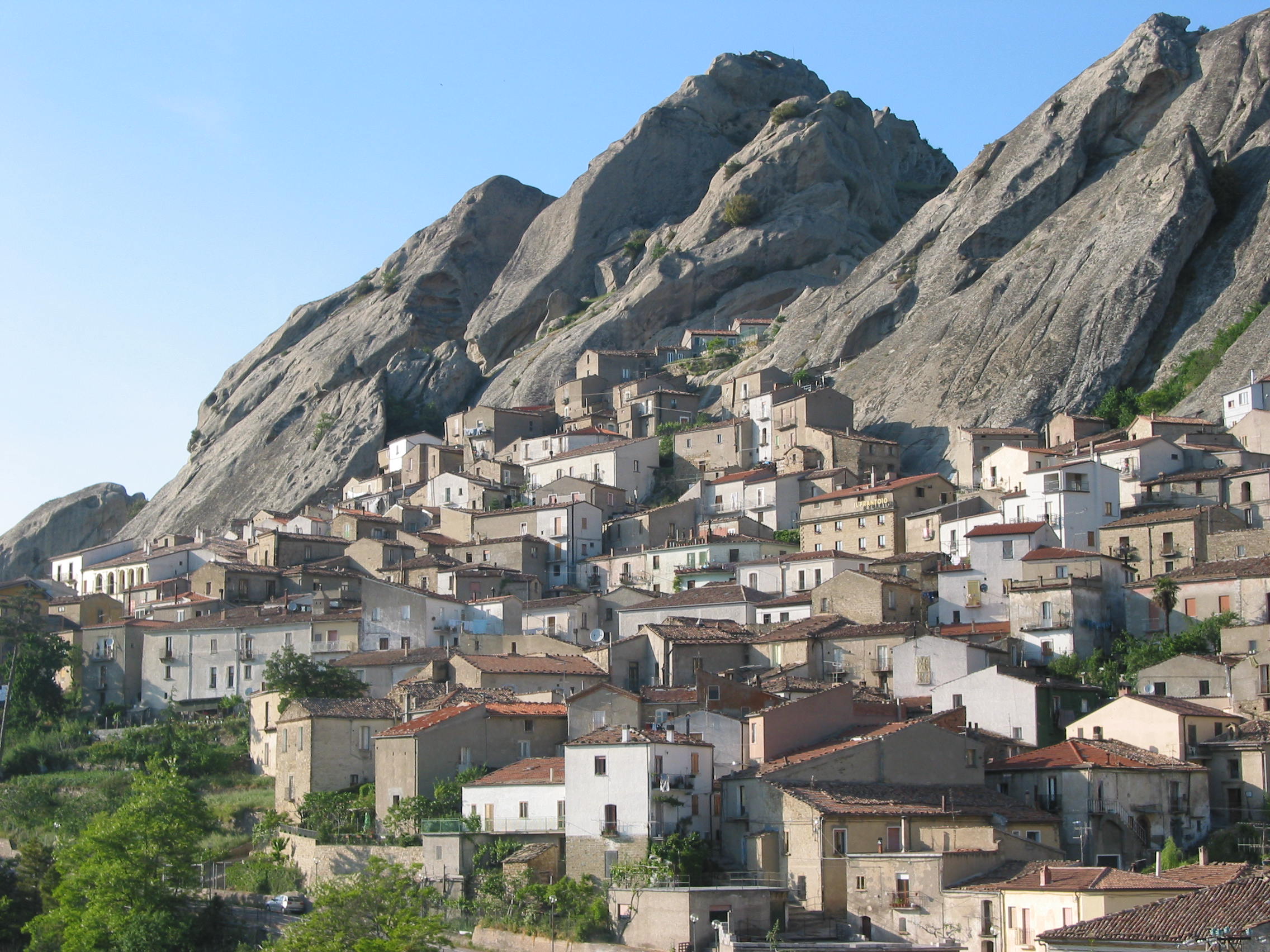
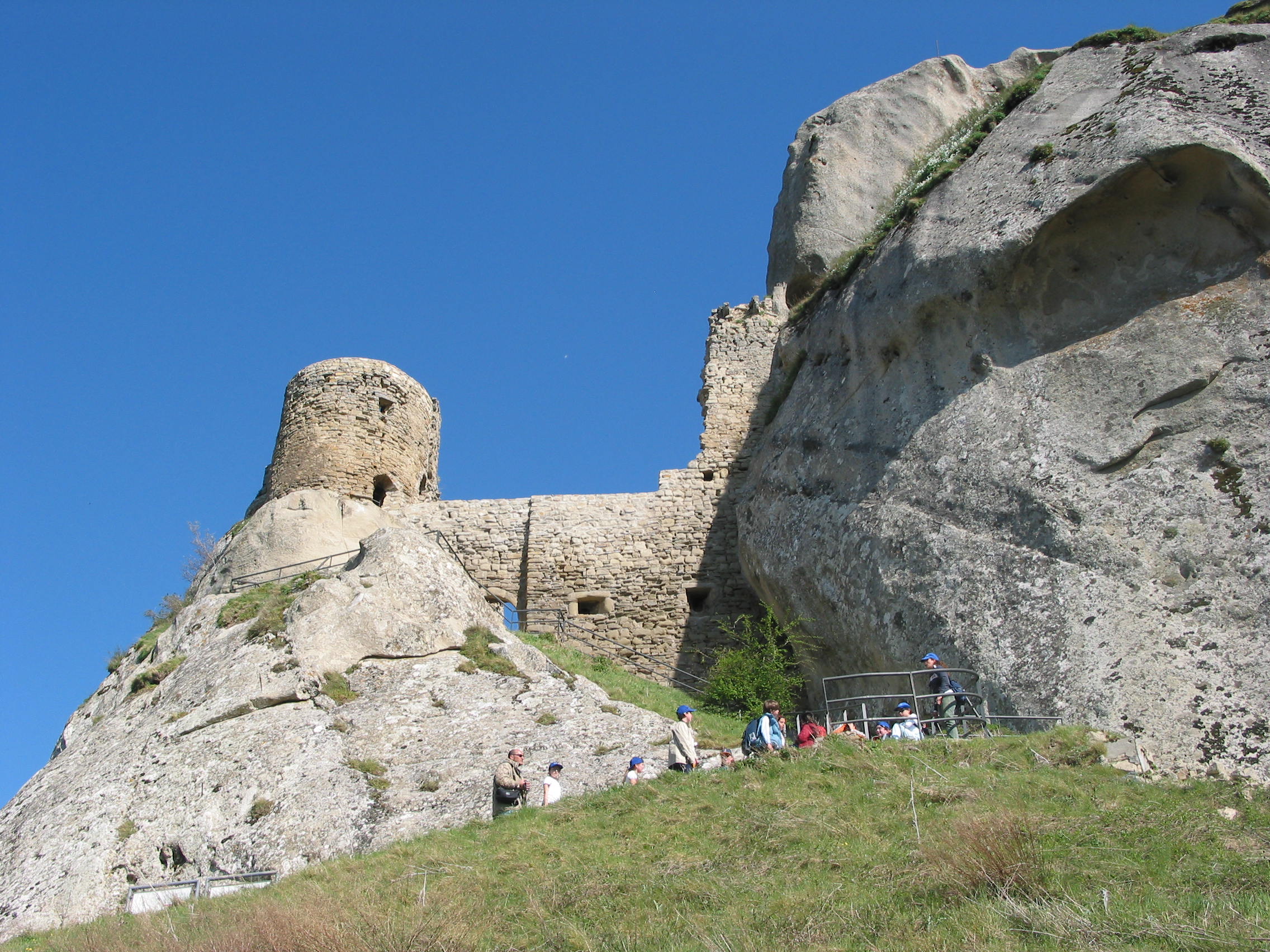










 Il presente sito si ispira alle nuove linee guida di design per i servizi web delle PA
Il presente sito si ispira alle nuove linee guida di design per i servizi web delle PA